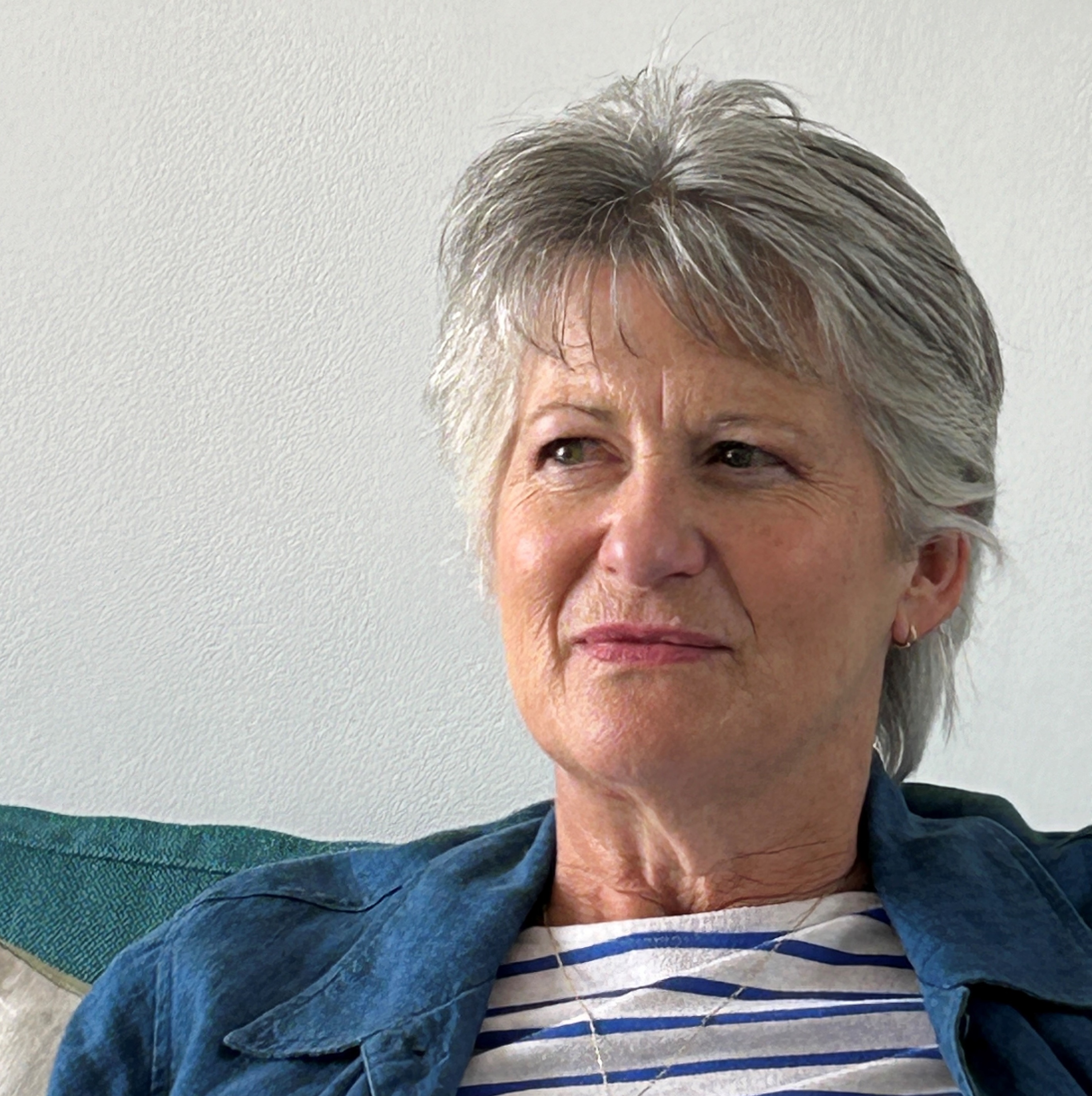Fruits of the loom: The bespoke rugs designed by some of Inchbald's best students
The Inchbald School of Design and Veedon Fleece teach students the beauty of bespoke by inviting them to design their own carpets, finds Amelia Thorpe.
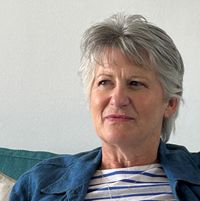

Adam Gilchrist is working hard to keep the joy of bespoke alive. ‘A carpet made to any size, any colour and any design of your choice can make a room sing,’ says the man who is the founder of Veedon Fleece, not to be confused with the great Australian cricketer. ‘There’s no need to conform to standard sizes and styles — with a bespoke design, you can get the best out of every room.’
Mr Gilchrist has long lectured at design schools in the UK and US, educating interior-design students in carpet-making history and design. Addressing his concern that original design may be a dying art, he began sponsoring an annual carpet competition at the Inchbald School of Design in London. Students are invited to submit a bespoke design, with the winning entries sent off to be handmade at Veedon Fleece’s workshop in Kathmandu, Nepal. ‘It’s invaluable experience for students to develop a design and see their work morphing into something they can walk on,’ believes Inchbald principal Alan Hughes.
The most recent winner, architectural-interior-design student Lisa Modiano, created a ‘Rockstar’ rug that juxtaposes sweeping curves with a structured grid, intended to suggest rebelliousness. ‘I loved the creative process the competition involved,’ she says. ‘It has given me enormous confidence to see my work become “real”.’ Since graduating, Ms Modiano has begun work with interior designer Tala Fustok Studio, where her work includes designing bespoke furniture.
‘It’s an essential skill for students to be able to create bespoke designs for their projects, whether it’s for a client who requires something that doesn’t exist anywhere else or for a scheme where there simply isn’t an off-the-peg solution,’ explains Mr Hughes. In the same way that many of us enjoy antiques and their unique patina of age, bespoke items, he suggests, tell a story of their provenance and introduce a special sense of individuality and authenticity that appeals to us all.
‘It is vital to preserve the skills of bespoke design and expert making,’ notes Mr Gilchrist. In addition to providing fair working conditions and education for weavers’ children, Veedon Fleece supports local Nepali charities.
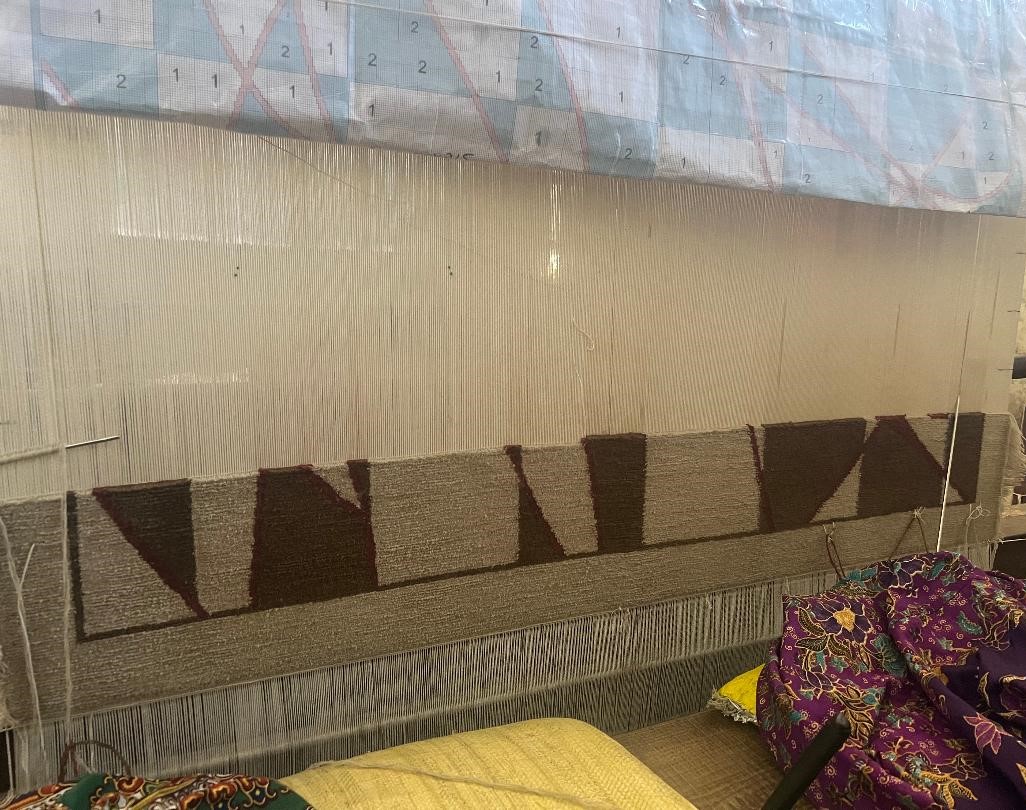
Clients can select from more than 2,000 colours or dye match to choice, to be hand knotted in a range of wool and silk yarns. Each carpet can take 16–20 weeks to complete, although a large, complex design might take as many 10 weavers a year to produce.
Regarding size, Mr Gilchrist’s suggestion is to take sheets of newspaper, lay them on the floor to the proposed carpet dimensions — large and small — and walk out of the room. ‘As you walk back in, the right proportions will become obvious,’ he says. ‘If you can’t see which size balances the room perfectly, keep adjusting it until you are satisfied. That’s something you can’t do with a shop-bought rug.’
Exquisite houses, the beauty of Nature, and how to get the most from your life, straight to your inbox.
Mr Gilchrist believes longevity is one of the most powerful benefits of bespoke. Veedon Fleece has recently completed a commission for the room at Woburn Abbey in Bedfordshire that is home to its private collection of paintings by Canaletto. The carpet is woven from yarns dyed specially to match the colours of the paintings. ‘A fine-quality carpet is going to be in a country house for some 200 years, because it’s been made properly.’
The Inchbald School of Design — www.inchbald.co.uk Veedon Fleece — www.veedonfleece.com
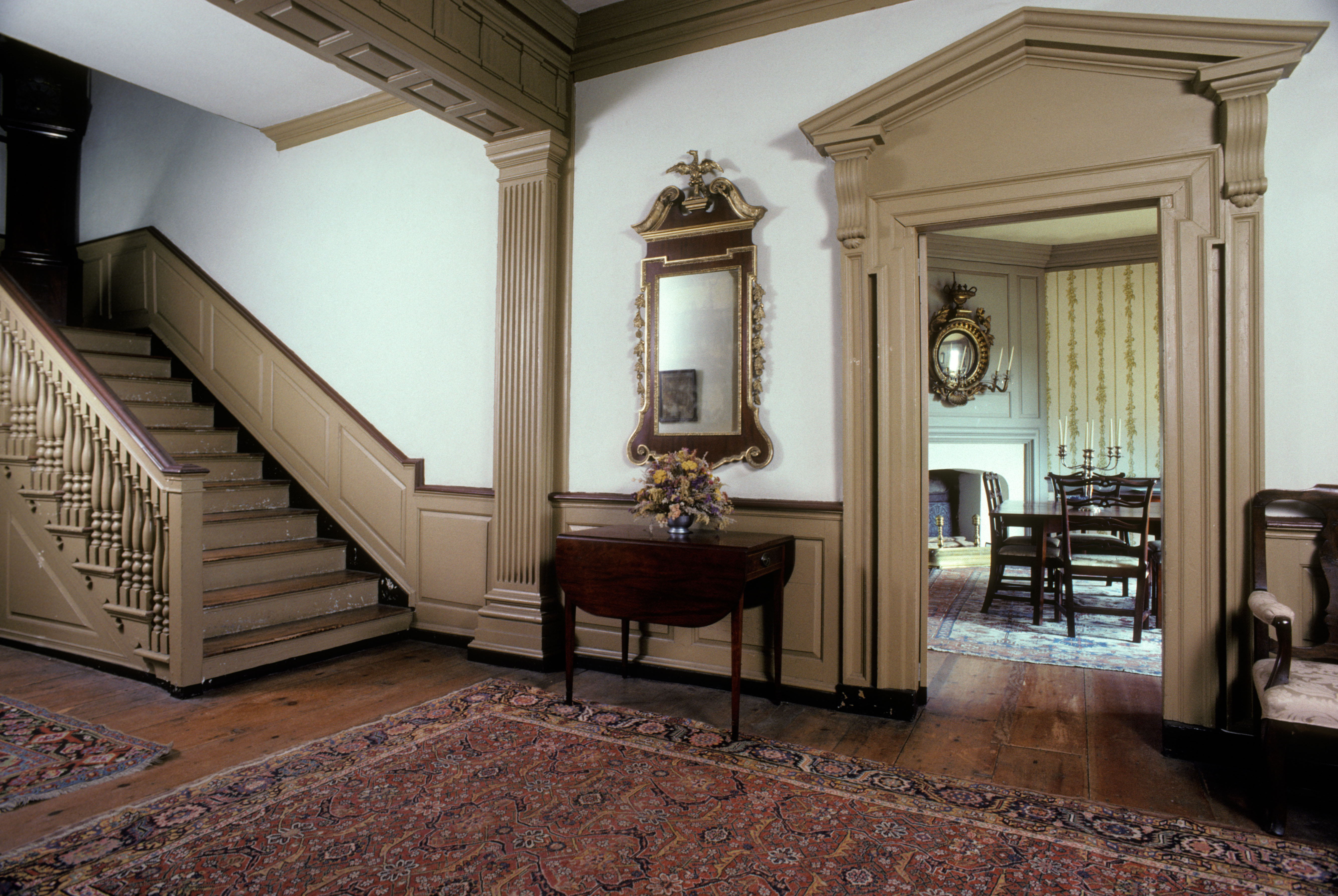
Credit: Alamy
Expert tips for caring for antique Oriental rugs
Roger Rose of James Barclay, the rug cleaning and repair service, offers advice on caring for antique Oriental rugs.
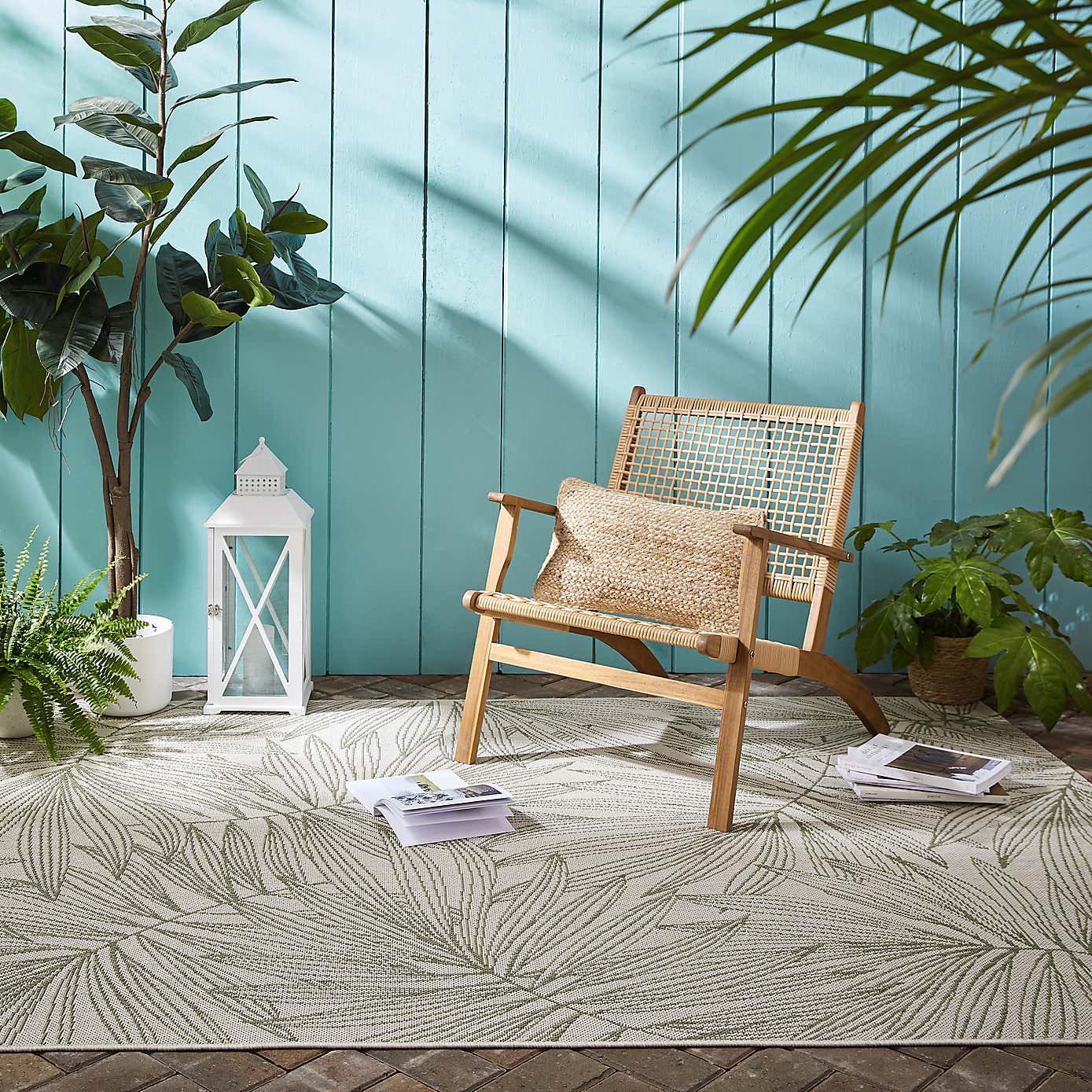
Credit: Dunelm
Best outdoor rugs, from geometric tiled-inspired prints to natural Jute, that will transform any outdoor space
Outdoor rugs are becoming ever-more popular, with many options coming in hard-wearing and affordable fabrics to help you soften and
Amelia Thorpe is a design and interiors journalist and regular contributor to Country Life. She spent the first half of her career book publishing, before jumping the fence to become a writer — a role that she adores. Amelia lives in London with her husband and two roguish dogs.
